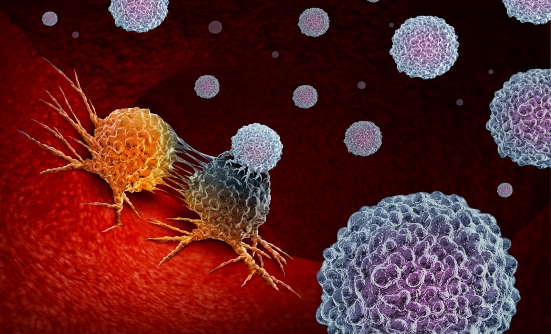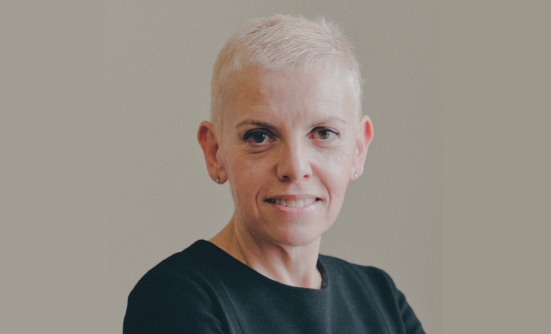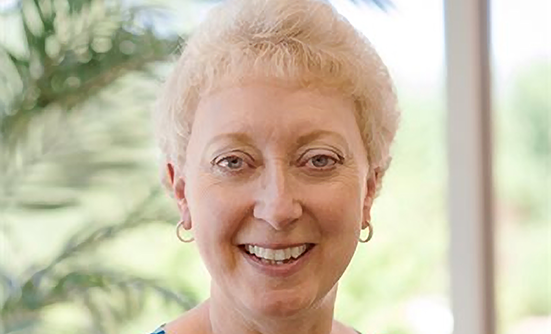Will I lose my hair?” is one of the first questions people ask when they hear they will receive chemotherapy. Understandably so; hair loss (also called alopecia) and the emotions surrounding it is one of the most prevalent concerns people report when receiving chemotherapy for cancer. Many people view the loss of their hair as a public announcement of their health status; an announcement that prevents them from telling others about the cancer and its treatment in their own time.
While not all chemotherapy causes hair loss, the drugs used to treat many common types of cancer do cause hair to thin or fall out (Table 1). Scalp cooling therapy may help to save your hair during chemotherapy.
| Table 1 Medications That Cause Alopecia |
|---|
| Adriamycin or Doxil (doxorubicin) |
| Paraplatin (carboplatin) |
| Cytoxan (cyclophosphamide) |
| Halaven (eribulin) |
| Ifex (ifosfamide) |
| VePesid or Toposar (etoposide) |
| Camptosar (irinotecan) |
| Taxol (paclitaxel) |
| Taxotere (docetaxel)* |
| Ellence (epirubicin) |
| Marqibo or Vincasar (vincristine) |
| Alocrest or Navelbine (vinorelbine) |
| Efudex (fluorouracil) |
| *May cause permanent hair loss. |
Scalp Cooling Works!
Chemotherapy works by killing fast growing cells, including cancer cells, and, unfortunately, hair follicle cells. Scalp cooling works by preventing the chemotherapy drug from traveling to the hair follicles, which prevents the hair follicles from dying and falling out.
The success of scalp cooling is measured by how much hair is saved. If more than 50% of hair is present at the end of chemotherapy, then scalp cooling is considered a success. Many factors contribute to the success of scalp cooling, including type of chemotherapy, original condition of the hair, fit of the cap, and compliance with the guidelines for hair care during and after chemotherapy. An extra benefit of scalp cooling is that hair grows back more quickly and fully after chemotherapy, even if the scalp cooling treatment was not considered successful by the 50% standard.
Success Rates
There are several companies specializing in scalp cooling technology that claim good success rates. When looking at scalp cooling companies as a whole, they report ranges of 60% to 90% success rates.
One community cancer center reports an 88% overall success rate, with a 64% success rate related to the chemotherapy drugs Adriamycin and Cytoxan.1 The success in this cancer center is attributed to using trained cappers with both a manual capping system and one of the cooling machines (see section titled Scalp Cooling Companies below for a description of manual and machine devices).


Is Scalp Cooling Safe?
As scalp cooling became more popular, medical professionals questioned whether using this technology could allow the spread of cancer to the scalp. Researchers studied over 3000 patients using scalp cooling and concluded that the spread of cancer to the scalp is a very rare occurrence.2
Other possible risks of using a scalp cooling device, such as frostbite, can be prevented by closely following the manufacturer’s directions. Most people report that wearing a cold cap is uncomfortable for the first 20 minutes. After that initial cooling period, the scalp becomes numb, and with the help of a relaxing medication like Ativan, the cooling time is manageable. Many people will use a heated blanket or drink warm drinks to minimize any discomfort.
Of course, you should review your health history with your medical team before making the decision to scalp cool, especially if you have a history of migraine headaches, spinal injury, or other medical conditions that may be of concern when considering scalp cooling.
Access to Scalp Cooling
You may be the one to suggest scalp cooling with your medical team. Doctors and nurses want to make your chemotherapy experience as easy as it can be, and they want you to have access to the resources you want as part of your treatment plan. If your infusion center does not already have a scalp cooling program in place, you may take the lead by contacting manual scalp cooling companies. These companies are happy to provide patient education and support so you can be as independent as possible in using their systems.
The Cost of Scalp Cooling
Scalp cooling may not be as expensive as you think! So many patients have benefited from using scalp cooling that insurance companies have started providing coverage. You may want to call your insurance company to inquire if scalp cooling treatment is covered. There are regional and national organizations that provide funding for patients who are interested in scalp cooling, such as Pink Aid, The Rapunzel Project, and HairToStay.
Asking for Help
You may be surprised by how many people will enthusiastically offer assistance if you simply ask. The local dry ice shop may provide free dry ice for your portable freezer each week if you explain your situation. Your favorite hairdresser might offer a gentle wash or trim when you need to be extra cautious caring for your hair during treatment.
Everyone Wants to Keep Their Hair
It should be said that this technology is not just for women. There are women and men who want to keep their hair during chemotherapy for many reasons; one of the most common reasons is privacy. Keeping your hair allows you to keep your diagnosis and treatment to yourself. Some people find that keeping their hair makes socializing and/or working during treatment a little easier.
Scalp Cooling Companies
There are many scalp cooling companies that would be happy to offer their services to you. Dignitana and Paxman are companies that rent scalp cooling machines to infusion centers. The machines circulate a coolant in the cap that keeps the scalp at a constant temperature throughout chemotherapy and for a period afterward. The infusion center generally has a nurse or other staff member trained in the use of the machine who can assist you. Most people tolerate the cap well, find it easy to use, and more comfortable than they thought it would be.
Manual scalp cooling companies, such as Penguin, Artic, Polar, and Chemo Cold Caps provide the patient with multiple cold caps that are chilled in freezers using dry ice. Caps are changed every 30 minutes by a partner of your choosing or by a hired capper. If you choose manual capping, contact the company directly, and they will provide the required equipment, set up the billing, and remain available throughout the course of chemotherapy for any assistance you may need.
Cold Therapy For Fingers and Toes
You might be wondering if applying cold can reduce other side effects of chemotherapy. Yes, it can! Cold therapy has been proved to prevent neuropathy, nail darkening, and nail loss. It works by reducing chemotherapy from circulating to the fingers and toes. This can be accomplished by using freezable mittens and booties that can be ordered online, or you may place your fingers and toes in basins with 1 or 2 ice cubes (not too cold, just cold enough). For best results, start the cooling process 20 minutes before you begin the chemotherapy infusion that causes neuropathy (Table 2) and stop 20 minutes after the treatment is completed.
| Table 2 Medications That Cause Neuropathy |
|---|
| Paraplatin (carboplatin) |
| Platinol-AQ (cisplatin) |
| Eloxatin (oxaliplatin) |
| Taxotere (docetaxel) |
| Jevtana (carbazitaxel) |
| Velban (vinblastine) |
| Marqibo or Vincasar (vincristine) |
| Toposar or Etopophos (etoposide) |
| Ixempra (ixabepilone) |
| Revlimid (lenalidomide) |
| Velcade (bortezomib) |
| Pomalyst (pomalidomide) |
| Halaven (eribulin) |
| Kyprolis (carfilzomib) |
References
- Heery M, Cohen S, Mena Z. Scalping cooling: implementing a cold cap program at a community breast health center. Clin J Oncol Nurs. 2019;23:237-241.
- Rugo HS, Melin SA, Voight J. Scalp cooling with adjuvant/neoadjuvant chemotherapy for breast cancer and the risk of scalp metastasis: systematic review and meta-analysis. Breast Cancer Res Treat. 2017;163:199-205.





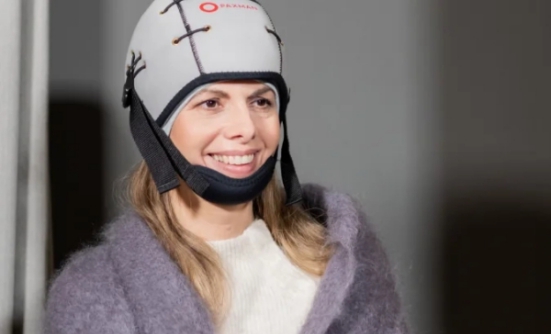



 Mary Heery, MSN,
APRN, AOCNS,
CBCN, most recently
served in a Breast Survivorship
Program at
Whittingham Cancer
Center in Norwalk, CT.
Mary Heery, MSN,
APRN, AOCNS,
CBCN, most recently
served in a Breast Survivorship
Program at
Whittingham Cancer
Center in Norwalk, CT.
 Zarek Mena, PN, most
recently served as
Manager, Women’s
Health at Whittingham
Cancer Center
in Norwalk, CT.
Zarek Mena, PN, most
recently served as
Manager, Women’s
Health at Whittingham
Cancer Center
in Norwalk, CT.
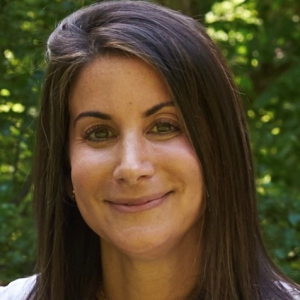 Becca Goldblat, MEd,
is a Scalp Cooling
Capper at Whittingham
Cancer Center
in Norwalk, CT.
Becca Goldblat, MEd,
is a Scalp Cooling
Capper at Whittingham
Cancer Center
in Norwalk, CT.




